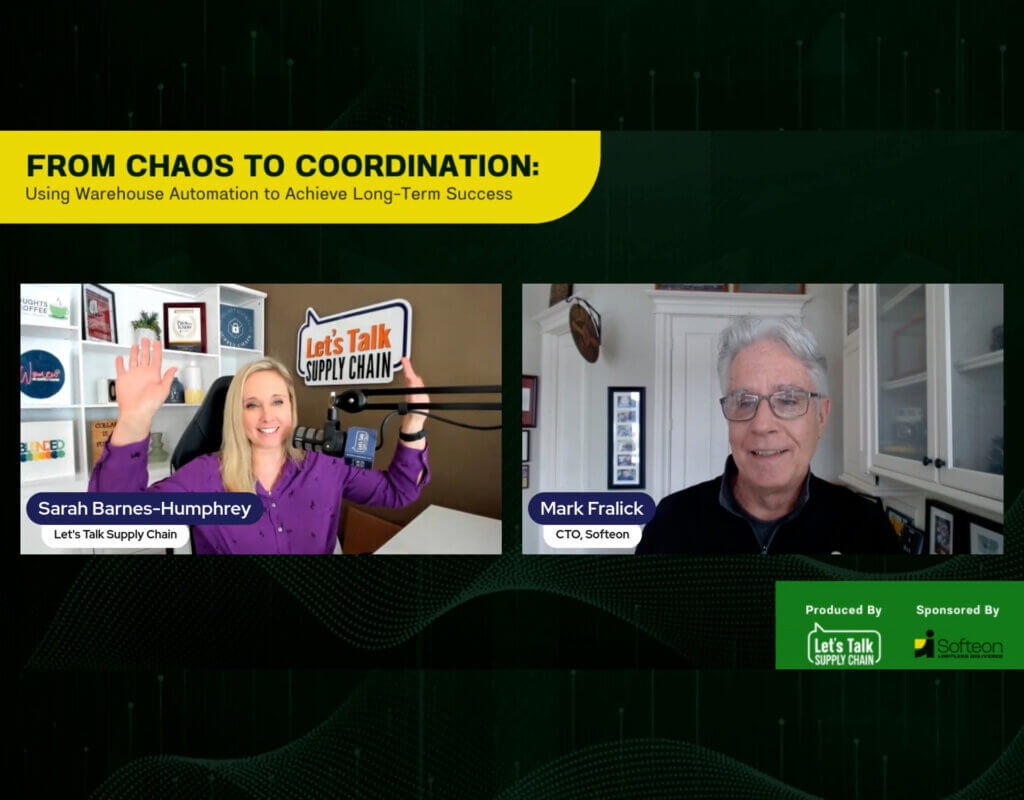
by Dan Gilmore
Direct to consumer or DTC strategies are very popular right now in retail and consumer goods companies.
It’s easy to understand why, especially for consumer goods companies. Start with the continued soaring growth of ecommerce. After what seemed then robust ecommerce growth in the US of 14-16% annually for many years, in the stay at home economy of 2020, that growth rate soared to 44.5% in Q2 of last year, 36.6% in Q3, 32.1% in Q4, and 39.1% in Q1 2021, according to data from the US Census Bureau.
No company wants to miss out on that megatrend.
Second, many traditional retailers, especially mall-based chains, continue to struggle. That also means trouble for consumer goods companies that sell through those channels.
If you are one of those companies, you have two basic choices: sell through Amazon – or go to consumer direct.
Third, the taboos that existed for many years against consumer goods companies selling direct and in effect competing with their retail partners is almost completely gone today.
No company exemplifies this megatrend more so than Nike. The shoe and sports apparel giant announced a couple of years back it was cutting its retail sales channels globally from some 36,000 to under 40 – a dramatic change in strategy.
Then in June of last year, Nike announced its “Consumer Direct Acceleration Initiative” – the name alone says it all.
But of course going direct to consumer isn’t just a business strategy – it has significant fulfillment implications. Many consumer goods DCs are simply not set up for order picking and shipping for direct to consumer orders.
There are two key areas to consider:
First is capacity – do you have the ability to meet current and future direct to consumer volumes? One of Nike’s key current initiatives, it recently said, is building sufficient direct to consumer capacity across the globe.
The second is capability: can you pick, and ship DTC orders profitably? What technologies will be deployed to do so now and over time?
Challenges in both capacity and capability lead many companies to outsource efulfillment to third parties.
But many want to do DTC fulfillment in-house – or have a path to bringing it in house at some future time.
I’ve talked to a number of both retail and consumer goods companies that said with the surge in ecommerce volumes, the goal was just to survive peak season 2020, with plans to improve, add capacity, and optimize in 2021.
The tools available are many. One of particular importance is Distributed Order Management software to identify the optimal sourcing point for reach order, selecting the right fulfillment node that meets customer service commitments at least possible cost while considering network capacities and constraints.
Inside the distribution center, tools include technologies such as Voice, pick to light, smart carts, put walls, mobile robots, goods to person systems, and more.
Of course, you need the right software to power those materials handling technologies, and to provide fulfillment capabilities in such areas as cluster and batch picking, waveless picking, order batch optimization and more.
Consider the example of one omnichannel retail understand a path of continuous improvement.
The company began with basic cart picking, with orders manually moved to pack stations.
The company became interested with put walls, and tested a single put wall module as a pilot, with carts taking the picks to the front side of the wall for packing on the backside.
Based on success with that pilot, the retailer deployed 9 more put wall modules, and added high speed auto bagger systems on the back side of the wall modules.
It later added another 20 wall modules, with WMS software optimizing both picking and “put” processes, leveraging “virtual wall modules” to increase the number of units in batch picks and more.
Next, the retailer installed mechanized pick modules, with conveyorized transport to the pack stations.
More recently, the company added a number of mobile robots.
That’s the kind of flexibility and continuous improvement that is needed for fulfillment success today and which can deliver critical improvements in both fulfillment capacity and capabilities over time. Of course, improving capabilities will have a direct impact on adding capacity.
View on DCVelocity
Source: DCVelocity.com




